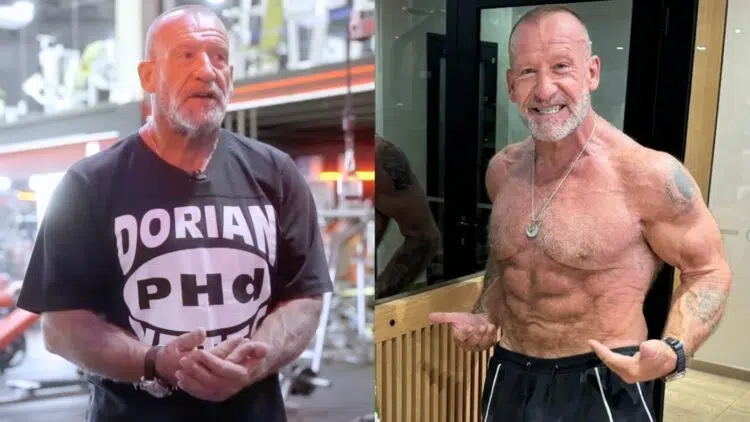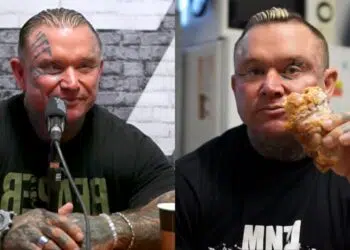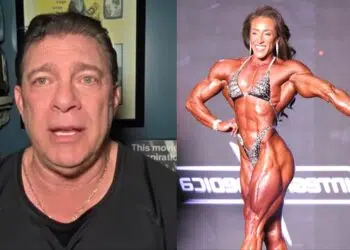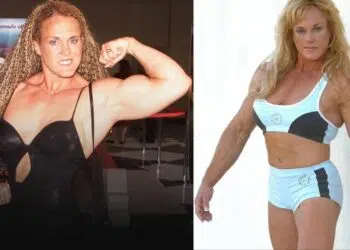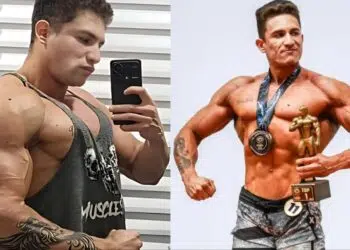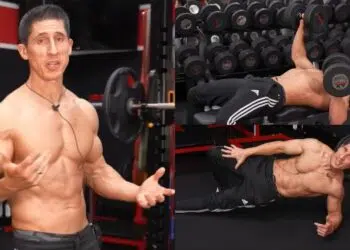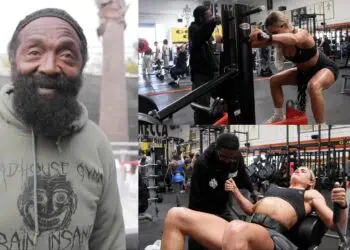What made Dorian Yates a dominant Mr. Olympia? Knowing when to push hard and when to rest. In a recent Instagram post shared on November 25, 2024, Yates explained why recovery and rest are keys to achieving more strength and muscle mass.
“So really, you’re growing outside the gym. So that’s what you should be thinking about. You’re growing when you’re resting, you’re growing when you’re eating, you’re growing when you’re sleeping.
Here [the gym] is to send a message. And to send a message that I need more strength and muscle mass is to make the muscles work very intensely but you can’t do that for a long period of time.”
Dorian Yates ushered in a new era of bodybuilding in the 1990s, weaponizing mass and conditioning like no IFBB Pro before him. His hardcore failure-based training approach helped him conquer the toughest mountaintops in bodybuilding, including the prestigious Mr. Olympia contest. He won six consecutive titles, preventing aesthetic threats like Shawn Ray, Kevin Levrone, and Flex Wheeler from tasting Olympia gold.
In that time, Yates picked up proven strategies for building his physique. While training and nutrition certainly played a role in his success, so did recovery. Having retired with his health intact, he continues to impart wisdom and tactics for building an Olympia-caliber physique.
Dorian Yates Says Recovery Key to Achieving Strength and Muscle Mass: “Listen to Your Body”
View this post on InstagramGet Fitter, FasterLevel Up Your Fitness: Join our 💪 strong community in Fitness Volt Newsletter. Get daily inspiration, expert-backed workouts, nutrition tips, the latest in strength sports, and the support you need to reach your goals. Subscribe for free!
Yates explained that intense training sends a message to the body to grow, but this only happens when paired with rest and recovery.
“Take your recovery seriously!
Send the message in the gym through intense training and then focus on rest and recovery.”
Time away from the gym to recover is crucial for muscle and strength gains. However, Yates emphasizes that it’s unique to each individual.
“You need to give your body an adequate amount of time to recover and then time for growth.
Some people may take longer, others it may be a shorter time, so experiment and see what works for you.”
Just like a wound needs time to heal, so do muscles after they’ve been trained with intensity.
“Here’s an analogy that Dorian refers to: ‘If you rub some sandpaper on your hand so that it becomes bloody, and then you leave it for a few days, what happens? It’s gonna heal right? But if you go and rub some more sandpaper on it the next day or so when it’s not recovered, you’re not gonna get anywhere, you’re just going to have a bloody hand!'”
Sometimes, listening to your body is the best course of action, especially if it’s calling for rest.
“Listen to your body, if you need to take an extra few days off the gym, then take them. Come back fresh and raring to go… you’ll feel much better!
Stress. Recovery. Growth. ” Yates.
Yates’ approach to recovery has helped him during his active years as a bodybuilder and in retirement. He recently underwent a total right hip replacement surgery, stemming from issues that arose back in the 1980s. Yates is on track to make a full recovery and has already begun walking again with stabilizing sticks.
Although injuries impacted his career, Dorian Yates boasts remarkable longevity at 62. He believes that strength and muscle gains are directly linked to how one manages their body through rest and recovery.

